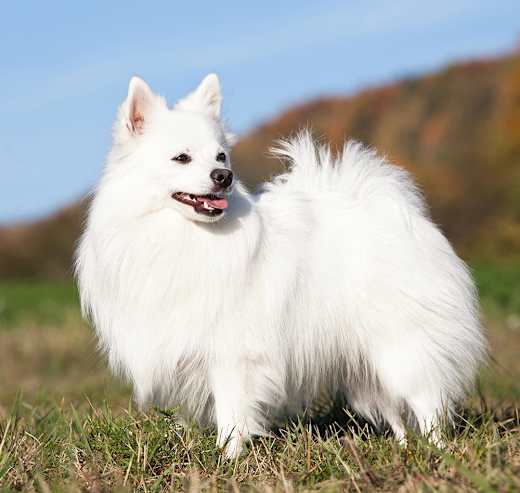Yes. Icelandic Sheepdogs can be left alone for short periods, but they don’t do well when left alone for several hours at a time. Bred to live and work alongside humans and other animals, they’re highly social, and if left alone for too long, they can develop separation anxiety, which might lead to destructive behaviors, chronic stress, or excessive barking.
For pet parents who need to leave their Icelandic Sheepdog at home during the work day, it’s important to gradually expose them to absences from an early age, beginning with short, incremental time away and gradually increasing the period of time as your pup becomes comfortable.
Providing them with mental enrichment, like puzzle toys, and a comfortable space to relax can help reduce anxiety. However, they’re best suited to households where someone is often home or where they have a consistent routine with plenty of interaction and companionship of other pets throughout the day.






